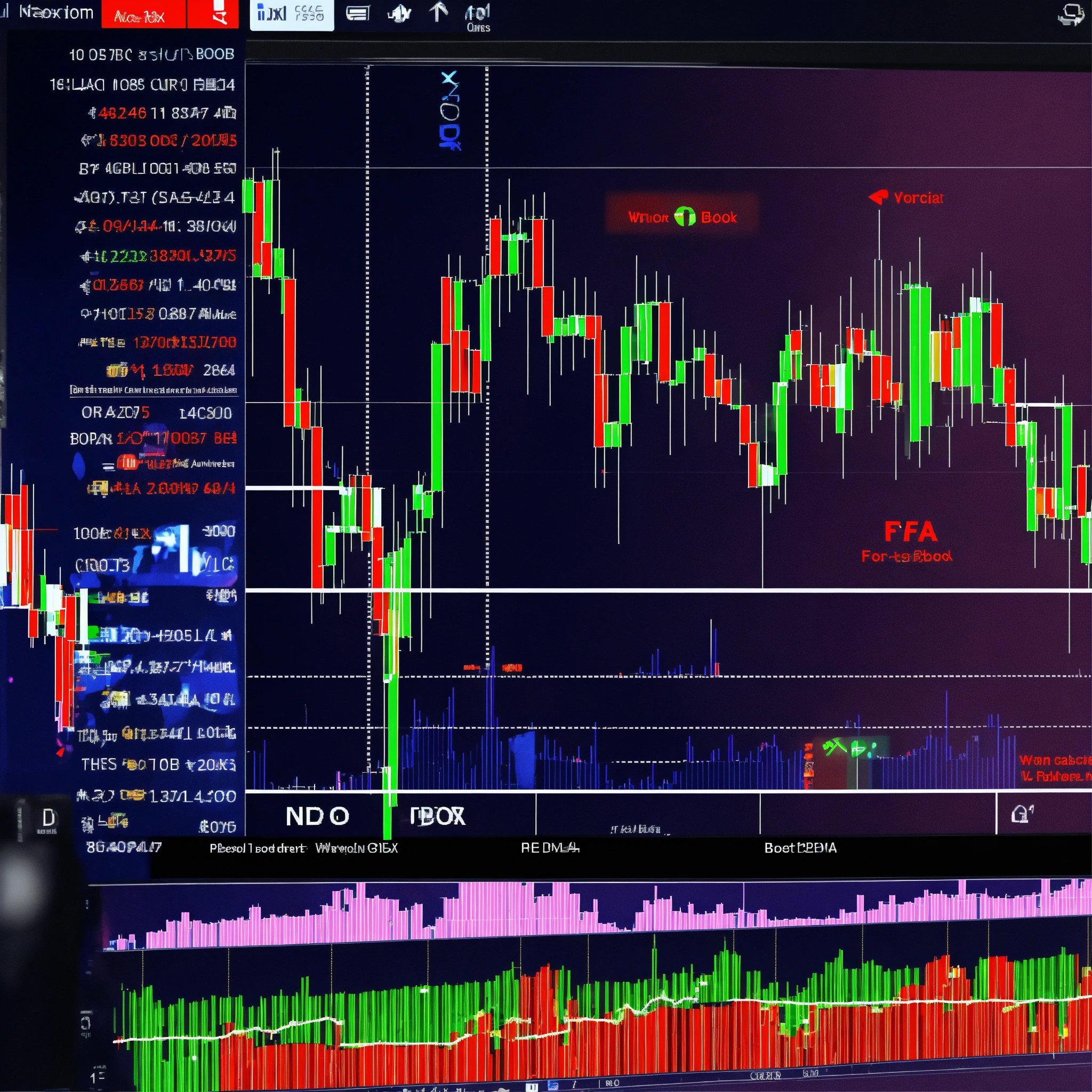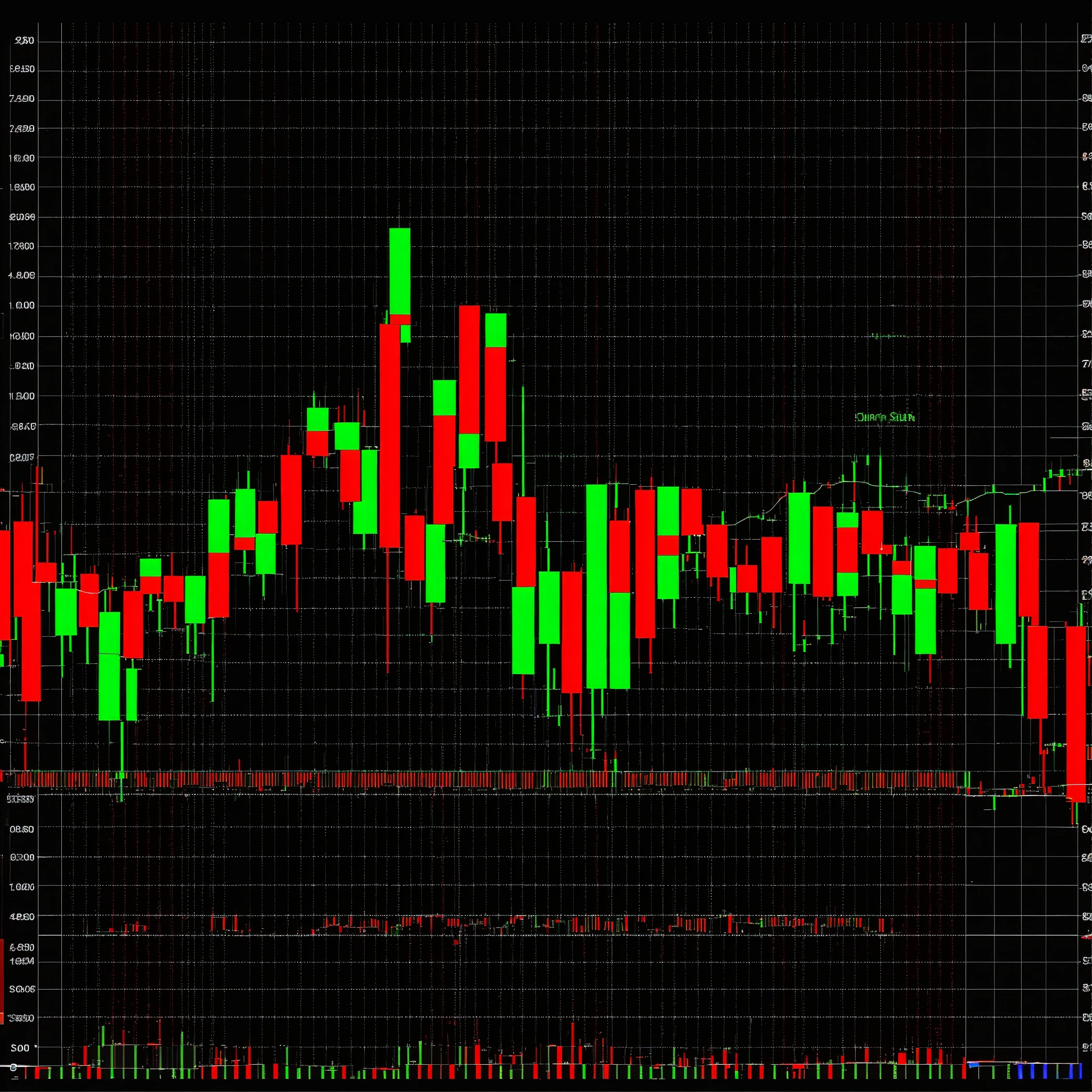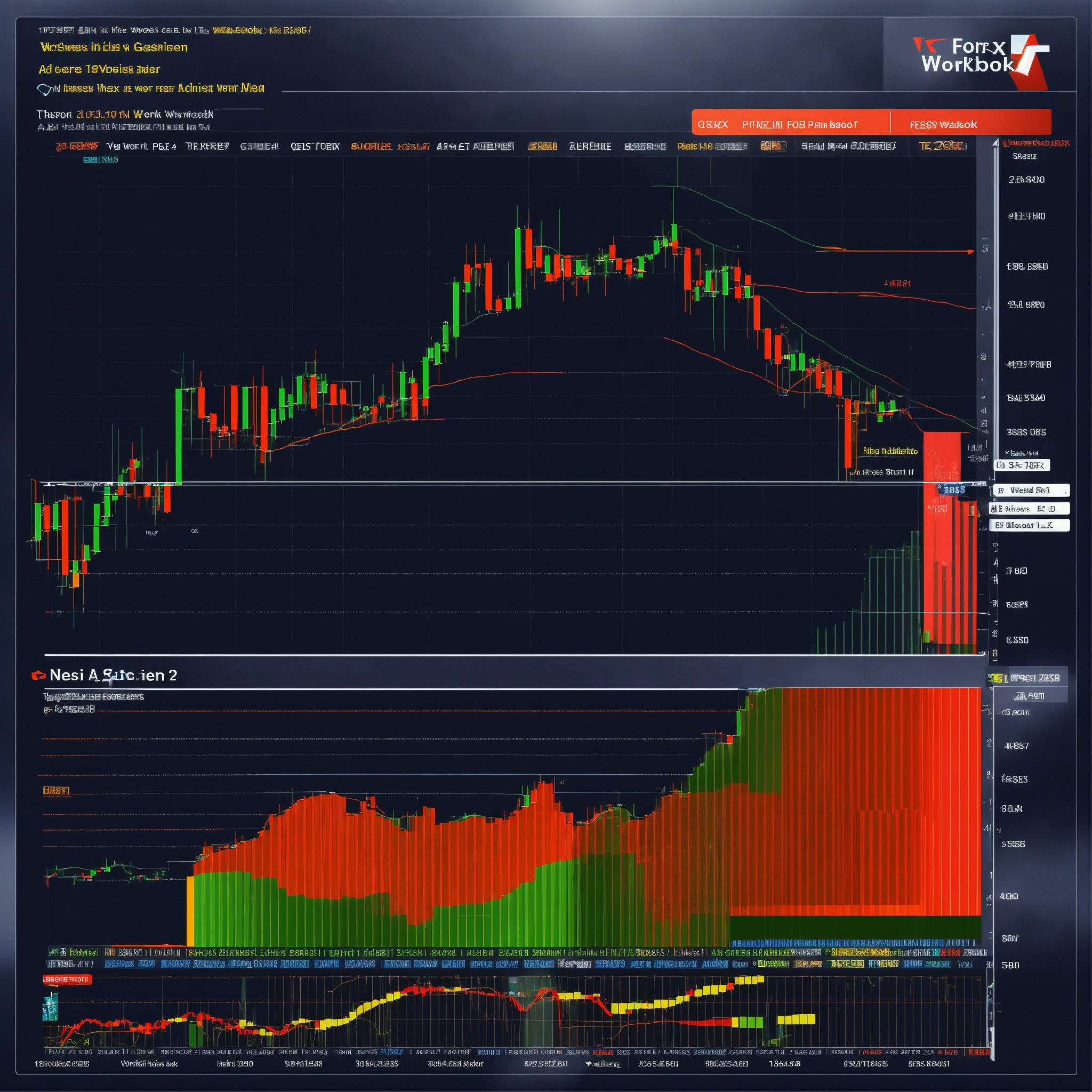Investing in the stock market is a dynamic venture, often dominated by well-known giants like Apple and Amazon. However, savvy investors understand that some of the most lucrative opportunities lie in small-cap stocks. These lesser-known companies, with market capitalizations between $300 million and $2 billion, can offer exceptional growth potential. This blog will uncover the small-cap secret and explore how investing in these small stocks can lead to massive gains.
Understanding Small-Cap Stocks
Small-cap stocks represent shares in smaller companies that are typically in the early stages of their business development. These companies often have significant room for growth, making them attractive to investors seeking high returns. However, with great potential comes increased risk, as small-cap stocks can be more volatile and less stable than their large-cap counterparts.
The Appeal of Small-Cap Stocks
High Growth Potential
One of the most enticing aspects of small-cap stocks is their potential for high growth. Small-cap companies are often nimble and innovative, capable of adapting quickly to market changes and seizing new opportunities. This agility can result in rapid expansion and, consequently, substantial increases in stock value.
For instance, companies like Netflix and Amazon were once small-caps. Early investors who recognized their potential enjoyed massive returns as these companies grew into the industry titans they are today.
Market Inefficiencies
Small-cap stocks are frequently overlooked by major institutional investors and analysts. This lack of attention can create market inefficiencies where these stocks are undervalued. Astute individual investors can exploit these inefficiencies by conducting thorough research and identifying promising small-cap stocks before they gain wider recognition.
Diversification Benefits
Adding small-cap stocks to a portfolio can enhance diversification. These stocks often behave differently from large-cap stocks and bonds, providing a hedge against market volatility. By including a mix of small-cap stocks, investors can balance their portfolios and reduce overall risk.
Strategies for Investing in Small-Cap Stocks
In-Depth Research
Investing in small-cap stocks requires diligent research. Investors should examine a company’s financial health, business model, competitive landscape, and management team. Understanding the company’s industry and growth prospects is crucial. Look for companies with strong fundamentals, such as robust revenue growth, manageable debt levels, and a clear path to profitability.
Long-Term Investment Horizon
Patience is key when investing in small-cap stocks. These companies often need time to reach their full potential, and their stock prices may fluctuate in the short term. Adopting a long-term perspective allows investors to ride out volatility and benefit from the company’s growth over time.
Diversification
To mitigate the risks associated with small-cap stocks, it’s wise to diversify across multiple companies and industries. This approach reduces the impact of a poor-performing stock on the overall portfolio. Diversification helps balance the higher risk of individual small-cap stocks with the potential for significant gains.
Regular Monitoring and Rebalancing
Small-cap stocks can experience rapid changes in value. Regularly monitoring your portfolio and rebalancing as needed ensures that your investments remain aligned with your financial goals and risk tolerance. Stay informed about the companies you’ve invested in and be prepared to make adjustments based on performance and market conditions.
Leveraging Professional Advice
For those new to small-cap investing or uncertain about selecting individual stocks, seeking professional advice can be beneficial. Financial advisors or investment managers can provide insights, recommend suitable stocks, and help manage the overall investment strategy.
The Risks of Small-Cap Investing
Volatility
Small-cap stocks are known for their volatility. They can experience significant price swings due to market conditions, company performance, or economic changes. This volatility can result in substantial gains, but also considerable losses.
Liquidity Concerns
Small-cap stocks often have lower trading volumes, which can lead to liquidity issues. It may be difficult to buy or sell large quantities of these stocks without affecting the price. Investors should be aware of this risk and consider it when making investment decisions.
Limited Information
Smaller companies typically receive less coverage from analysts and the media. This can result in limited publicly available information, making it challenging to assess the company’s prospects accurately. Thorough research is essential to navigate this information gap.
Higher Risk of Business Failure
Small-cap companies are generally less established than their larger counterparts and may face greater business risks. They might have less diversified revenue streams, weaker financial positions, or face competitive pressures. This higher risk of failure means that not all small-cap investments will succeed.
Conclusion
The small-cap secret lies in the potential for massive gains through strategic investment in these under-the-radar stocks. While small-cap stocks come with increased risk and volatility, their high growth potential, market inefficiencies, and diversification benefits make them an attractive option for investors willing to conduct thorough research and adopt a long-term perspective.
By understanding the unique characteristics and risks associated with small-cap stocks, investors can uncover hidden gems and seize opportunities for significant returns. As with any investment strategy, careful planning, diligence, and professional advice can help navigate the complexities and maximize the benefits of investing in small-cap stocks. Embrace the small-cap secret and explore the potential for massive gains in the ever-evolving world of the stock market.






















